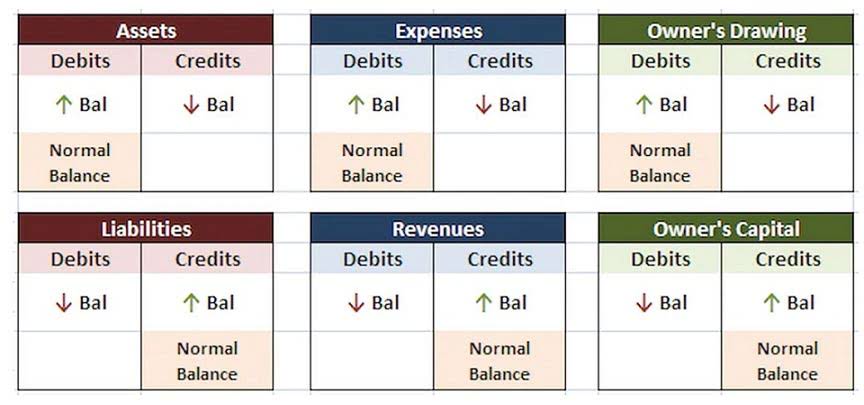
In this section we will demonstrate how to find https://dunebusinessadvisors.com/payroll-services-for-small-businesses/ the present value of a single future cash amount, such as a receipt or a payment. Calculate the Present Value and Present Value Interest Factor (PVIF) for a future value return. This basic present value calculator compounds interest daily, monthly, or yearly. Where, i is the interest rate per compounding period which equals the annual percentage rate divided by the number compounding periods in one year; and n is the number of compounding periods.
- In present value problems, the interest rate often is called the discount rate.
- The coupon amount is divided by the discount rate and that results in the present value of the perpetuity.
- The present value of 1 table is used to solve for interest rates, present values, journal entries, and more.
- Another way of looking at this is to say that because of the time value of money, you would take an amount less than $12,000 if you could receive it today, instead of $12,000 in two years.
- In any case, the rate of return you expect to earn on your investments is the value you should use as the discount rate.
- Calculates the current value of a future stream of payments or investments.
Present Value of a Single Amount (Practice Quiz)
Our Explanation of Present Value of a Single Amount discusses the time value of money and the need to discount present value of a single amount future amounts to the time of an investment or other transaction. The present value of 1 table is used to solve for interest rates, present values, journal entries, and more. The coupon amount is divided by the discount rate and that results in the present value of the perpetuity. Since the payments are infinite, there is no consideration of the number of payment periods. Now that you are familiar with annuities, we can transition into the how and what of perpetuities.

AccountingTools

The balance sheet is also referred to as the Statement of Financial Position. A contra asset account arising when the present value of a note receivable is less than the face amount of the note. The credit balance in this account will be amortized to interest revenue over the life of the note.
- This is a problem of determining the present value of a single amount, because you are interested in knowing the present value, or the value today, of receiving a set sum in the future.
- As can be seen in the formula, solving for PV of single sum is same as solving for principal in compound interest calculation.
- To convert the semiannual rate to an annual rate, we multiply 5% x 2, the number of semiannual periods in a year.
- The word “discount” refers to future value being discounted back to present value.
- This makes sense because if you earn $30 of interest in the first period, you also earn $30 of interest in the last period, so the total amount of interest earned is simple t x $30.
- For example, if a cup of coffee presently costs $1.00 and the cost is expected to increase by 10% per year compounded annually, then a cup of coffee will cost $3.138 per cup at the end of 12 years.
present value of a single amount
- Use this PVIF to find the present value of any future value with the same investment length and interest rate.
- 0 is mentioned in the first instance but you may leave the cell blank or skip this argument as it would default to 0 anyway.
- A present value of 1 table that employs a standard set of interest rates and time periods appears next.
- It can also calculate the cash flow adjustment needed to achieve your goal rate-of-return.
- Because the rate of increase (the “interest”) is compounded semiannually, we convert the 6 years to 12 semiannual time periods.
- The opposite is true when figuring the present value of a single dollar amount.
Say that a company wants to figure out how much it needs to invest today at 5 percent to have $200,000 three years from now. Computing the future value of a sum results in a larger amount than what you started with. The opposite is true when figuring the present value of a single dollar amount.

In order to have a HOA Accounting future value of $10,000 in 12 years, Joan must deposit $4,970.18 today in her IRA. If you know any three of these four variables, you will be able to calculate the unknown amount. The future value of a single amount is mathematically related to the Present Value of a Single Amount, another topic on this website.

Calculations by Function
This is the essence of the time value of money—the idea that a dollar today is worth more than a dollar tomorrow. In comparison to $4,081 with yearly compounding, monthly compounding requires $26 less to be invested now. In Excel, you will find the PV function is quite the handy present value calculator. The type and nature of investment will however determine the variables for the PV function. The three broad categories we’ll cover for calculating the present value are annuities, perpetuities, and one-time payouts. You should consider our materials to be an introduction to selected accounting and bookkeeping topics (with complexities likely omitted).
Multi-period Investments
A balance on the right side (credit side) of an account in the general ledger.







Leave a Reply